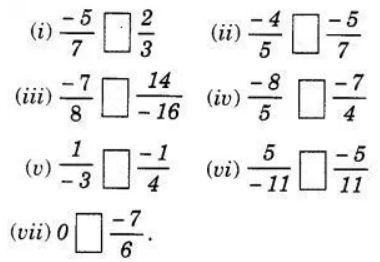If m and x are two real numbers where m∈I, then e2micot−1x(x⋅i+1x⋅i−1)m
(A) cosx+isinx (B) m2 (C) 1
(D) m+12Solution in Punjabi
Step by step video & image solution for If m and x are two real numbers where m in I, then e^(2micot^(-1)x)((x*i+1)/(x*i-1))^m (A) cos x+i sin x (B) m/2 (C) 1 (D) (m+1)/2 by Maths experts to help you in doubts & scoring excellent marks in Class 12 exams.
Updated on:21/07/2023Topper's Solved these Questions
- COMPLEX NUMBERSBOOK - ARIHANT MATHSCHAPTER - COMPLEX NUMBERSEXERCISE - EXAMPLE
10 Videos
- COMPLEX NUMBERSBOOK - ARIHANT MATHSCHAPTER - COMPLEX NUMBERSEXERCISE - EXAMPLE(Single integer answer type questions)
1 Videos
- CIRCLE BOOK - ARIHANT MATHSCHAPTER - CIRCLE EXERCISE - Exercise (Questions Asked In Previous 13 Years Exam)
16 Videos
- CONTINUITY AND DIFFERENTIABILITYBOOK - ARIHANT MATHSCHAPTER - CONTINUITY AND DIFFERENTIABILITYEXERCISE - Exercise (Questions Asked In Previous 13 Years Exam)
20 Videos
Similar Questions
Evaluate ∫1sin2x+cos2xdx
View SolutionNumber of solutions of the equation √x2−√(x−1)2+√(x−2)2=√5 is
View SolutionFind the derivative of (ax4−bx2+cosx)
View SolutionFor every pair of continuous function f,g:[0,1]→R such that max {f(x):x∈[0,1]}=max{g(x):x∈[0,1]}. The correct statement(s) is (are)
View SolutionThe mean and standard deviation of marks obtained by 50 students of a class in three subject, Mathematics, Physics and Chemistry are given below :
Which of the three subjects shows the highest variability in marks and which shows the lowest?
View SolutionWhen a die is thrown, list the outcomes of an event of getting
(i) (a) a prime number (b) not a prime number.
(ii) (a) a number greater than 5 (b) a number not greater than 5.
View SolutionFill in the boxes with the correct symbol out of >, <, and =

View SolutionIf 2^33 is divided by 17 , then the remainder is (1) 15 (2) 2 (3) 4 (4) 9
View SolutionIf a+c+e=0 and b+d=0, then ax^4+bx^3+cx^2+dx+e is exactly divisible by (1) x+1 (2) x-1 (3) Both (1) & (2) (4) None of these
View SolutionThe value of x/y, if x=0x_1x_2x_1x_2............, where x_1,x_2, are consecutive digits after the decimal point in the number x and if y=0y_1y_2y_1y_2............, where y_1,y_2, are consecutive digits after the decimal point in the number y is: (A). (y_1y_2)/(x_1x_2) (B). (x_1x_2)/(y_1y_2) (C). (x_1)/(y_2) (D). (x_2)/(y_1)
View Solutionx=(sqrt(p^2+q^2)+sqrt(p^2-q^2))/(sqrt(p^2+q^2)-sqrt(p^2-q^2)) then q^2x^2-2p^2x+q^2=? (A) 3 (B) -1 (C) -2 (D) 0
View SolutionIf the lines ax+y+1=0 , x+by+1=0 and x+y+c=0 , ( a , b , c being distinct and different from 1 ) are concurrent, then 1/(1-a)+1/(1-b)+1/(1-c)= (A) 0 (B) 1 (C) 1/(a+b+c) (D) None of these
View SolutionWhich one of the following equations parametrically represents equation to a parametric profile ? (A) x=3cost ; y=4sint (B) x^2-2=-2cost ; y=4cos(t^2/2) (C) sqrt(x)=tant ; sqrt(y)=sect (D) x=sqrt(1-sint) ; y=sin(t/2)+cos(t/2)
View SolutionIf abx^2=(a-b)^2(x+1) , then the value of 1+4/x+4/x^2 is: a. (a+b)/(a-b) b. (a+b)^2/(a-b)^2 c. (a+b)/(a-b)^2 d. 1
View SolutionIf p_(n+1)=sqrt(1/2(1+p_n)) , then cos(sqrt(1-p_0^2)/(p_1p_2p_3...to oo)) (a) 1 (b) -1 (c) p_0 (d) 1/p_0 (e) None of these
View SolutionSum of the series 1+2^2x+3^2x^2+4^2x^3+.....to oo , |x| (A) (1+x)/(1-x)^3 (B) (1-x)/(1+x)^3 (C) (2+x)/(1-x)^3 (D) (1-x)/(1+x)^2
View Solution

